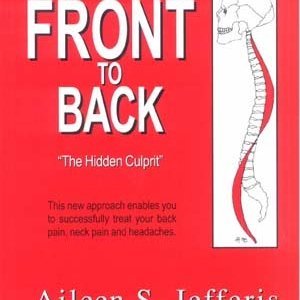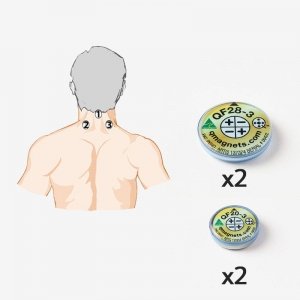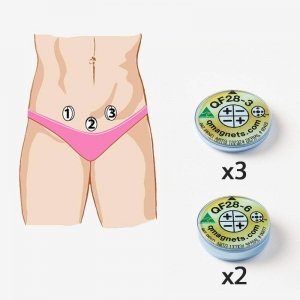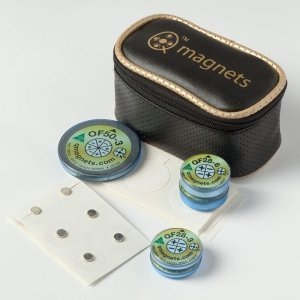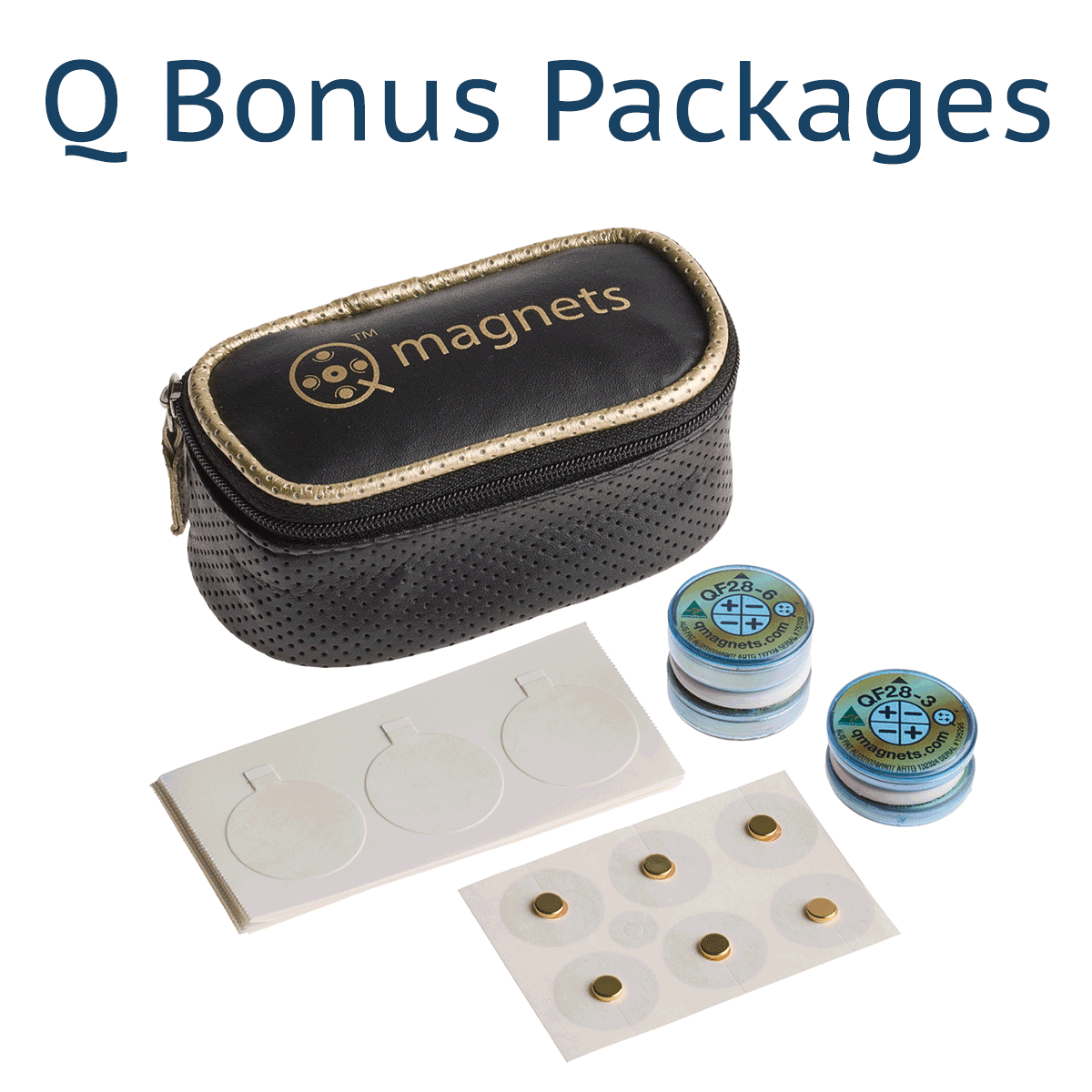This was one of the more intelligent questions we have had from doctors and it came from a paediatric neurologist. So we took some time to hopefully provide a considered response. The premise being that MRI’s have both strong magnetic fields and strong field gradients.
While I have known people in considerable pain who have found an MRI scan to be therapeutic, I’m not sure if this is commonly reported. More importantly though, when someone suffering from pain finds Q Magnet devices useful, they usually need to be worn 24/7 for many weeks before they can begin to wean off them. If removed too early their symptoms may return almost immediately.
So potential relief from pain from the magnetic field of an MRI would be brief at best. I am reminded of the study that used fMRI on a group of subjects undergoing a clinical trial for depression. It was discovered by accident that the group going through the MRI actually improved significantly, as it turned out because of the MRI which was only being used diagnostically. See study here.
But the most important point is this, through in-vitro (cell) studies it was found that the Maximally Effective Region of the quadrapolar magnet device was where the gradient was perpendicular to the local field vector, this was published in Static Magnetic Fields for the Treatment of Pain (pg 2). This is where it gets very technical, but the best way to demonstrate this is with iron filings which follow the magnetic field gradients. You can see a comparison between bipolar and quadrapolar magnets with iron filings at the bottom of this page… https://qmagnets.com/mri/ Also, an illustration is provided where we describe the different Q Magnet devices, Quadrapolar, Hexapolar and Octapolar.
Studies on magnetic therapy such as the one by Vallbona use a multipolar rubberized static magnet that is relatively weak and would effectively penetrate less than 10mm. So for a superficial trigger point it would reach the target tissue. For lower back pain or abdominal pain however it would be highly unlikely that the field would penetrate deep enough to envelope the nerve roots or dorsal horn of the spine. This was most likely the reason why Collacott did not show any efficacy for low back pain.
This is why the Q Magnets are so unique. They are a magnetic field gradient generating device that can effectively penetrate up to 5cm and the cell studies, animal studies, thermal pain threshold study and some RTC’s do demonstrate the therapeutic effect of inhomogeneous fields.


